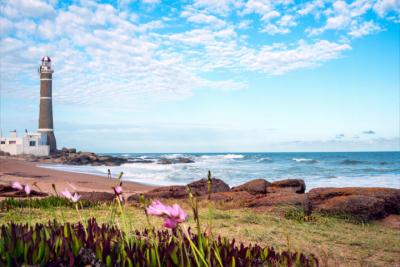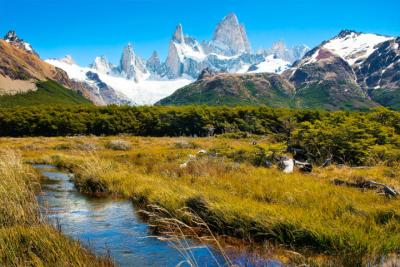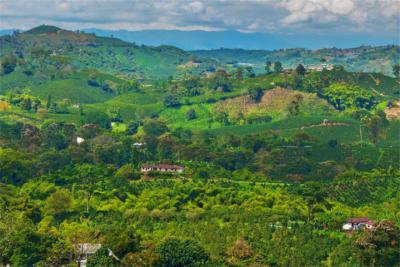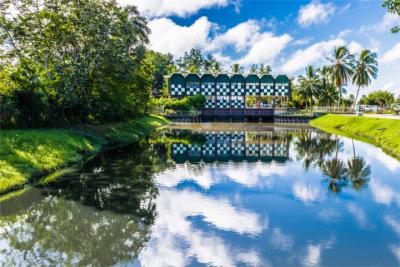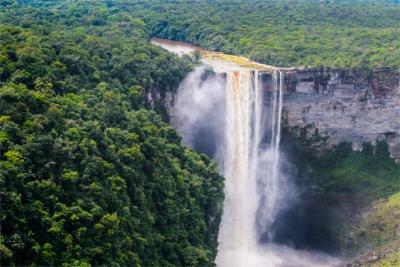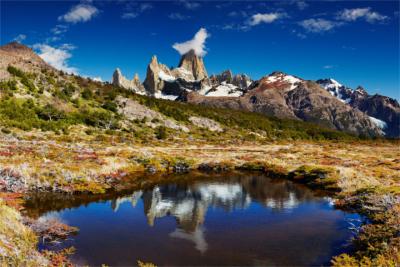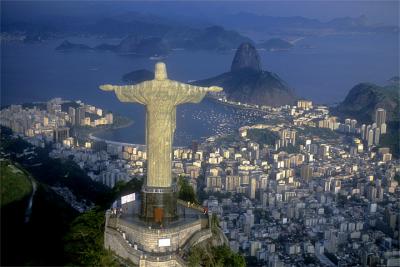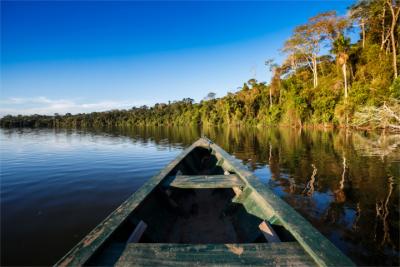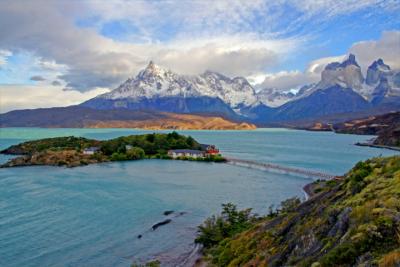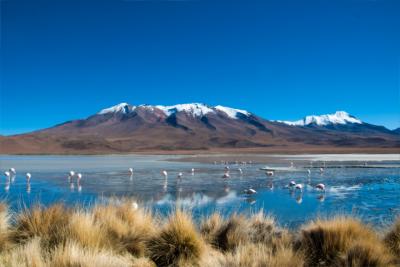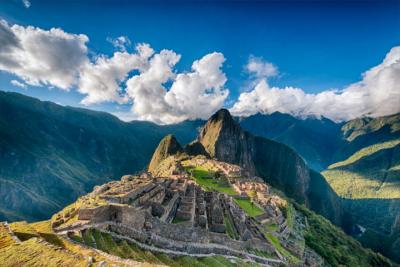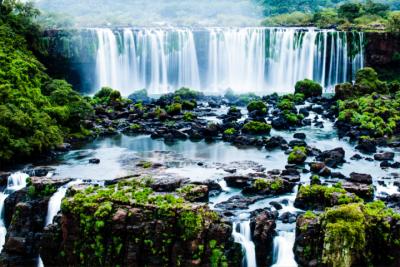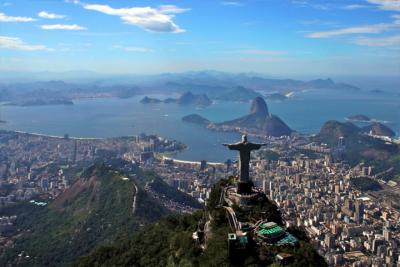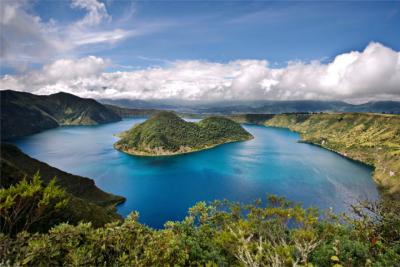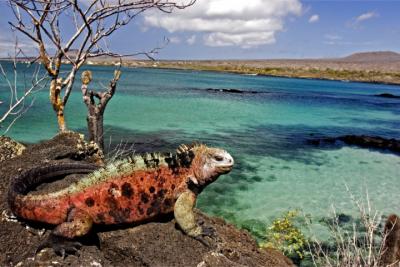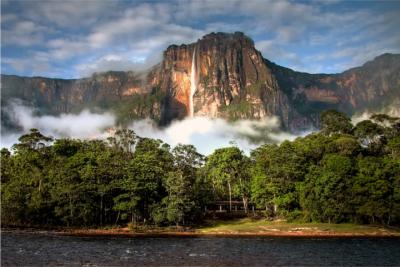Travel Offers
Travelmyne Featureprint
Distance
Argentina – Tango and Wild Landscapes
Argentina is the country of the tango. Both the sensual, world-famous dance and the gauchos, cowboys who herd cattle, constitute a major part of the vivacious Latin American culture, which you can experience in this country. Argentina is also bursting with wild, unspoiled nature – from the Andes to rainforests to the steppes of the Pampas and Patagonia.
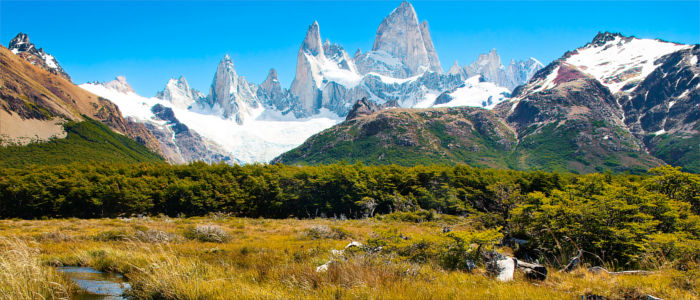
Geography - The eighth largest country on earth
Argentina is the eighth largest country on earth and covers most of the tip of South America. In the east the country borders on the Atlantic Ocean. The mighty mountain chain of the Andes dominates the west. It also contains the highest mountain of North and South America, the Aconcagua (6,962 m). East of the mountains you find endless plains. Patagonia lies in the south of the country. Due to its size, Argentina contains almost all climate zones – from tropical to cold climate.
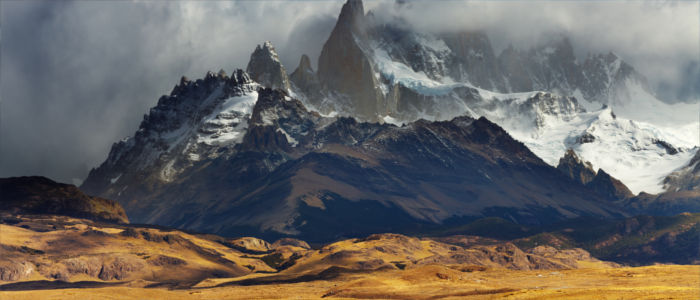
Nature - The open spaces of the Pampas and Patagonia
The world of the Andes Mountains is wild and harsh. Rugged peaks covered in snow belong to the region just like bleak hills and steppes only vegetated by the occasional shrub. Andean condors, llamas as well as vicuñas and guanacos, relatives of the llamas, brave the harsh conditions. Biodiverse cloud forests exist on lower hillsides. While the warm north is vegetated by lush, thick rainforests, which are home to monkeys, pumas, pumas, tapirs, ants and coatis, the landscape further south is completely different. The never-ending grass steppes in the Pampas and the savannas, which are covered in shrubs and hardy trees, in the region Gran Chaco expand as far as the eye can see. They are home to guanacos, deer and guinea pigs, which live in heights up to 4,000 metres in South America. Furthermore, about 50 million cattle browse the Pampas. The further you travel into the south, the more inhospitable the climate gets. First you encounter the vast steppes of Patagonia, which are characterised by continuous cold wind blowing over the stony grounds. Then the landscapes changes to a frozen, icy region full of glaciers and lakes. In front of Argentina's coast, separated from the mainland by the Strait of Magellan, you find the island group Tierra del Fuego with its unique nature. The coast, the forests, steppes and marshlands are populated by many animals such as guanacos, jackals, South American sea lions, otters, beavers, albatrosses, Southern giant petrels and penguins. Orcas and dolphins also live at the Argentine coasts. Their most beautiful parts are dominated by palm-lined sandy beaches. The gigantic river system Rio de la Plata, which enters into the ocean with a delta of 220 kilometres of width, runs straight through the country.
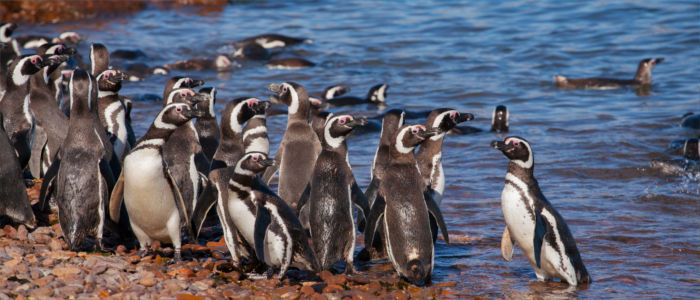
Natural sights - Iguazú Falls, mountains and glaciers
The mighty Iguazú Falls lie at the border between Argentina and Brazil. 275 water columns spectacularly run down 60 metres here. You get close to this natural spectacle on hiking paths. Exciting – and often wet – is a boat trip to the falls. You can experience the fascinating landscape of the jungle in the natural reserve of the province Corrientes. In all likelihood, you will spot a donkey. Those who want to watch animals also find great conditions on the Valdés peninsula. Whales, sea lions, dolphins and penguins live here. At the coast of Punta Tomba, which lies south of the peninsula, you find the Magellanic penguins' largest hatchery. The Andes can be explored from the city Bariloche, for example, which lies at a magical mountain lake and serves as an excellent starting point for hiking tours into the so-called region of the Seven Seas. The gorges Quebrada de Humahuaca and Quebrada de las Conchas display fascinating rock formations with an impressive play of colours. You can best go swimming and sunbathing at the beaches in Mar del Plata, Miramar and Necochea. The village El Chaltén is a suitable starting point for tours through Patagonia's wild landscape. When you visit this region, you should also make a trip to the gigantic Perito Moreno Glacier. On a boat trip along its walls you get a feel for the ice's greatness and elemental force. From the town Ushuaia on Tierra del Fuego you can explore life "in the middle of nowhere".
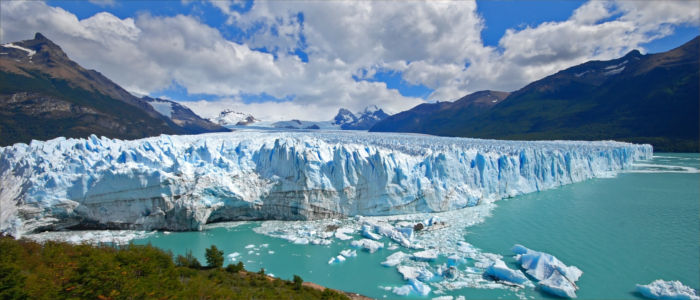
Culture - Passion for dance and the gauchos' tradition
For a long time, several unknown tribes, which lived as nomads or carried out agriculture in fortified settlements, existed on Argentina's territory. The north temporarily belonged to the Inca Empire. Via the Rio de la Plata, the Spanish invaded the country in 1516 and occupied it. In 1944 Juan Perón became the country's president and carried out social reforms, but he had National Socialist sympathies. He was greatly supported by his wife Eva Perón, who was worshipped by labourers as "Evita" due to her humble beginnings. Many Europeans, especially Spanish and Italian people, live in Argentina today. The inhabitants are passionate people, which is apparent in their love for football and dance. The sensual tango originated in Buenos Aires in the 19th century and spread over the whole world from there. In addition, the gauchos, South American cowboys, still play a major role in society. They have been ptractising livestock breeding in the vast steppes of the Pampas since the 16th century.

Cultural sights - The vibrant life in Buenos Aires
Buenos Aires is the paragon of the South American sense of life. The city is full of energy and temperament. The tango has its origin there. Moreover, Buenos Aires is the centre of Latin American culture. Numerous museums, galleries and theatres offer a variety of venues and events for lovers of culture. Buenos Aires has the speed and modernity of a metropolis. Magnificent buildings, boulevards and parks characterise the city. Due to the many immigrants, a colourful mix of influences, mentalities and styles emerged, which makes the visitor marvel at all the impressions – for example on the central square Congressional Plaza. You can experience Buenos Aires' history in the old town around the Plaza de Mayo. Other sights are the Obelisk, which is 67 metres high and the city's landmark, the Teatro Colón, the Metropolitan Cathedral and the football stadium Estadio Monumental Antonio Vespucio Liberti, where Maradona once exhibited his talent. You can best go shopping on Florida Street. Córdoba, the country's second biggest city, is a metropolis with style. It is known for its many cultural and educational institutions. Numerous well-preserved colonial buildings, the incomplete cathedral and the Carmelite monastery make it worth seeing. You also get a very authentic impression of the country in Salta. This city with its beautiful colonial buildings is aware of traditions and you will see Native Americans wearing the typical ponchos and bowler hats. From Salta you can take the Tren a las Nubes, the "train into the clouds". During the fascinating journey you experience a height difference of 2,800 metres on 185 kilometres.
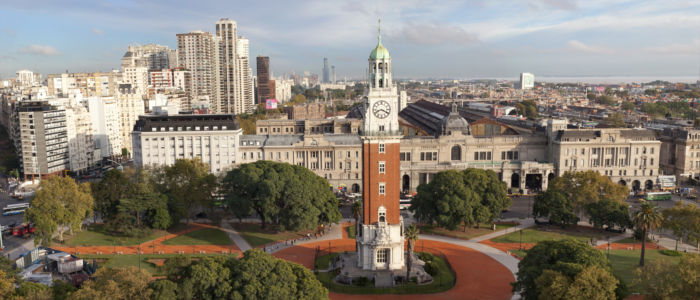
Experience - From the artists' quarter San Telmo to the estancia ranch
You best get to know the Argentine sense of life at a dance event in a lounge or cafe. San Telmo, one of Buenos Aires' oldest quarters, is a particularly good place for diving into the Latin American world. You gain completely different impressions on an Estancia, an Argentine ranch (for example near Buenos Aires or Yapeyu). You can ride through the plains together with the gauchos and listen to guitar music at the campfire. A trip through the scenic Tafi del Valle leads you along many Indian settlements and provides insights into their native lifestyle. Argentina is also a country of wines. You can watch the production and taste the exquisite wines in the region Mendoza, the country's largest wine-growing estate, or near Cafayate. Argentina is also known for its gigantic, juicy beef steaks, which you can get in different varieties in many steak houses. Equally famous are the stuffed dumplings empanadas as well as maté tea, pasta or dishes containing fish and seafood. Popular souvenirs are leather goods, silver jewellery, carpets, riding gear and handicrafts of various kinds.
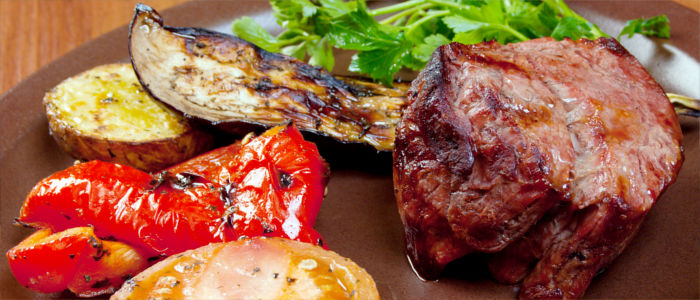
Activities - Tango dancing lessons and horse riding
There is no better place for learning how to dance tango than the intimate dance's country of origin. Special dancing lessons are offered for tourists. Due to its wild, vast landscapes Argentina is also a paradise for horse riding and hiking. Birdwatching expeditions, for example, are also popular. In addition, you can explore Argentina's harsh nature by Jeep or boat. The many rivers, lakes and the ocean are perfectly suited for fishing, canoeing or boating and the country has varied tours in store for mountaineers. Those who want to do winter sports during the European summer will be glad to hear that Argentina has developed into a popular destination for these activities with several well-developed skiing areas.
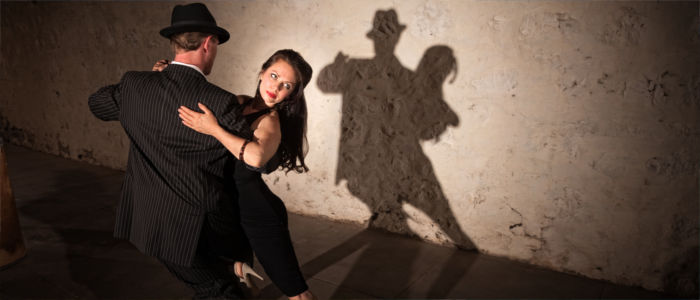
Information
Spanish is the country's official language. The most important airport is located near Buenos Aires (EZE). In so-called "Coche Cama" buses you can travel through the country and gain a wonderful insight in Argentina's nature and culture.
Those who want to get to know the vivacious Latin American culture with all its facets get their money's worth in Argentina. Since the country contains extremely different regions – from the mountains to the rainforest and the steppe to the coast – you can experience all these landscape on a holiday there. The many native regions also offer great conditions for outdoor activities.

